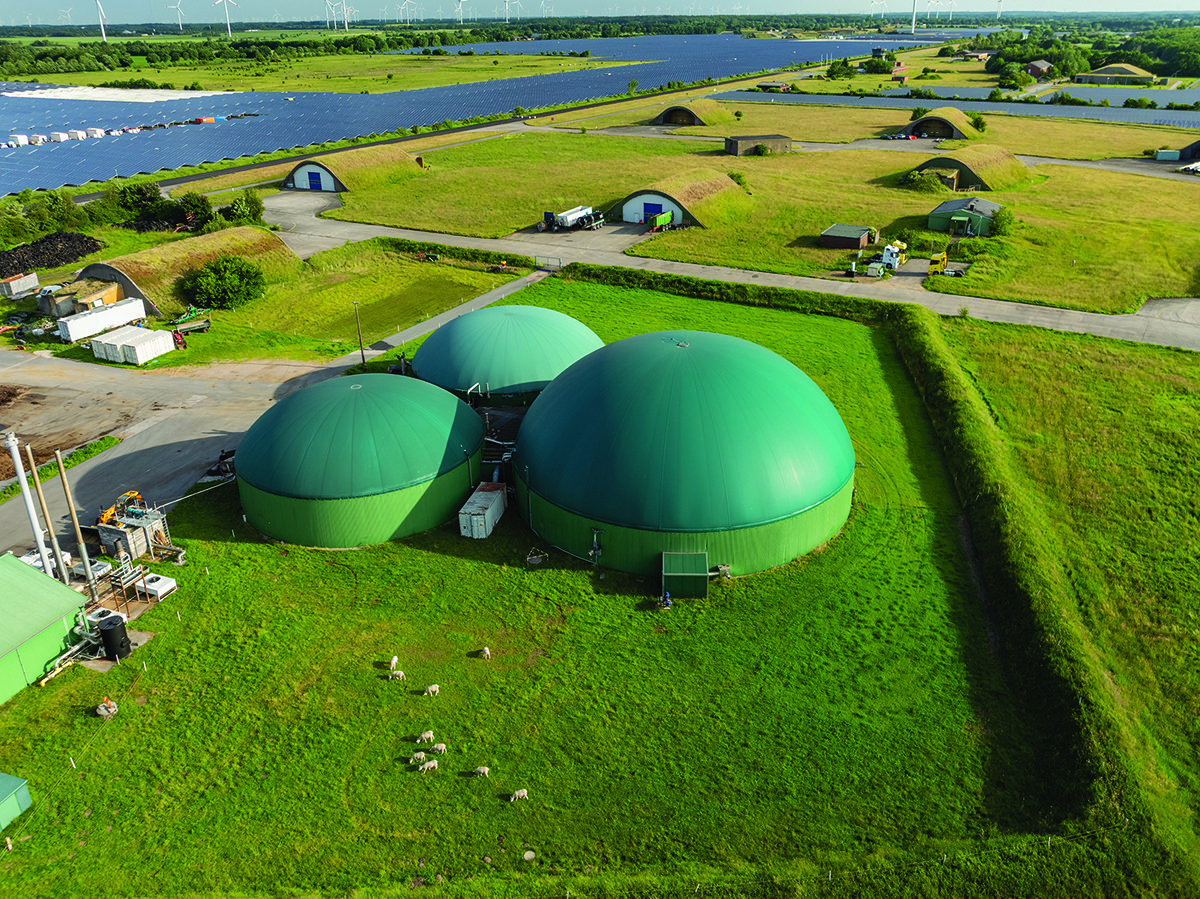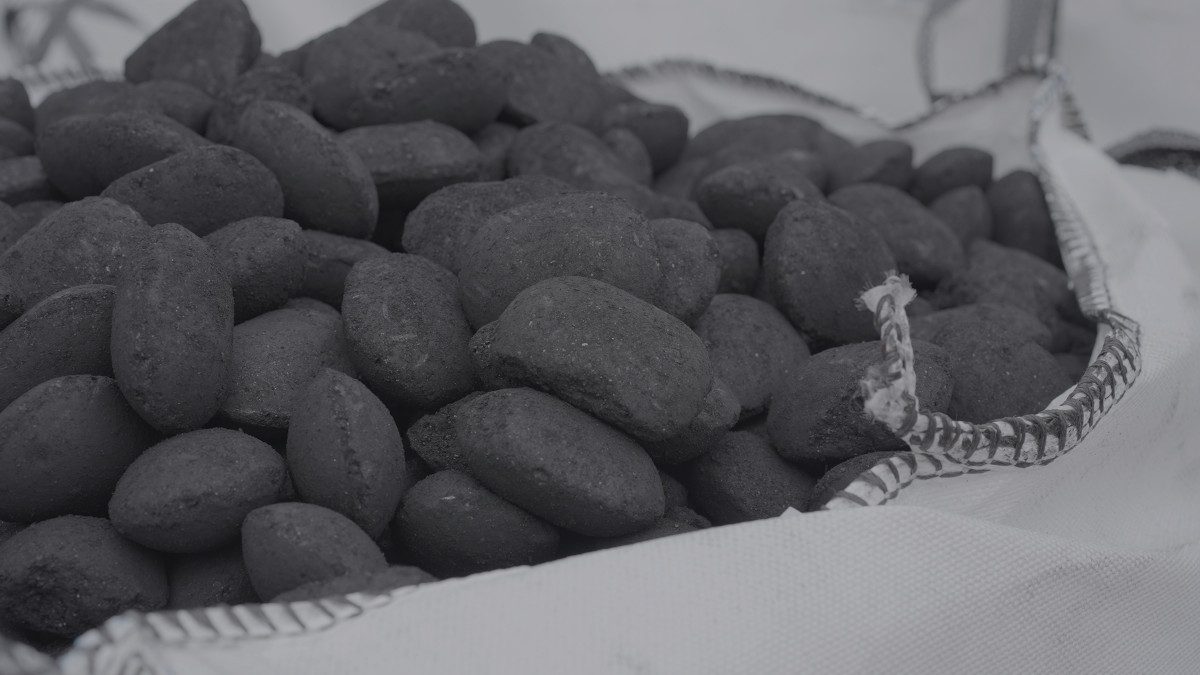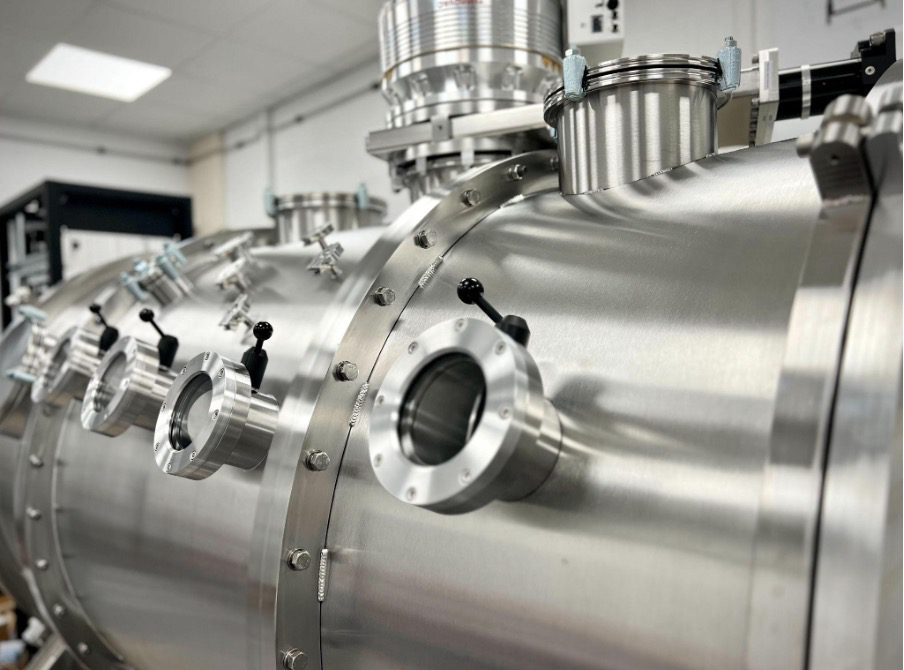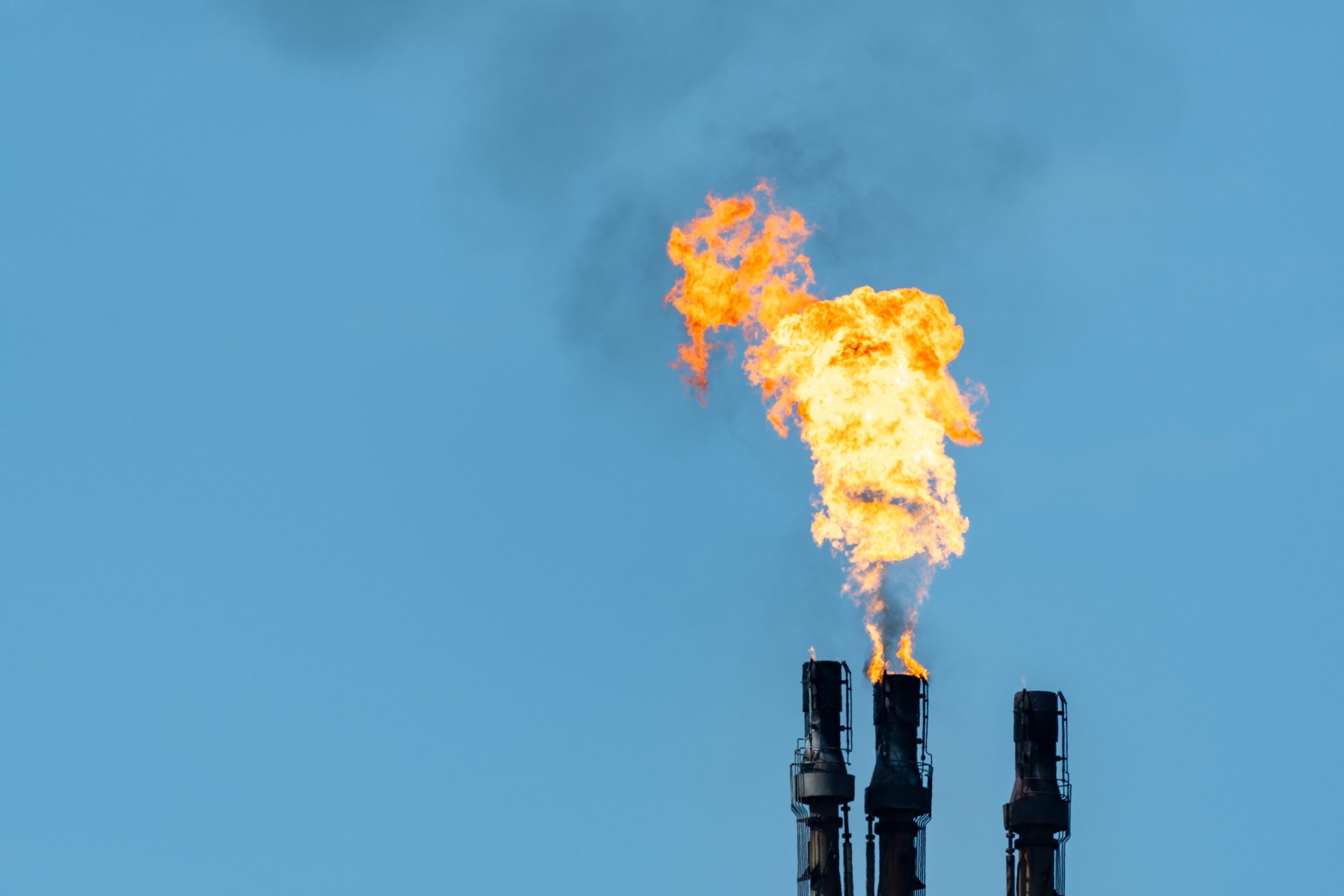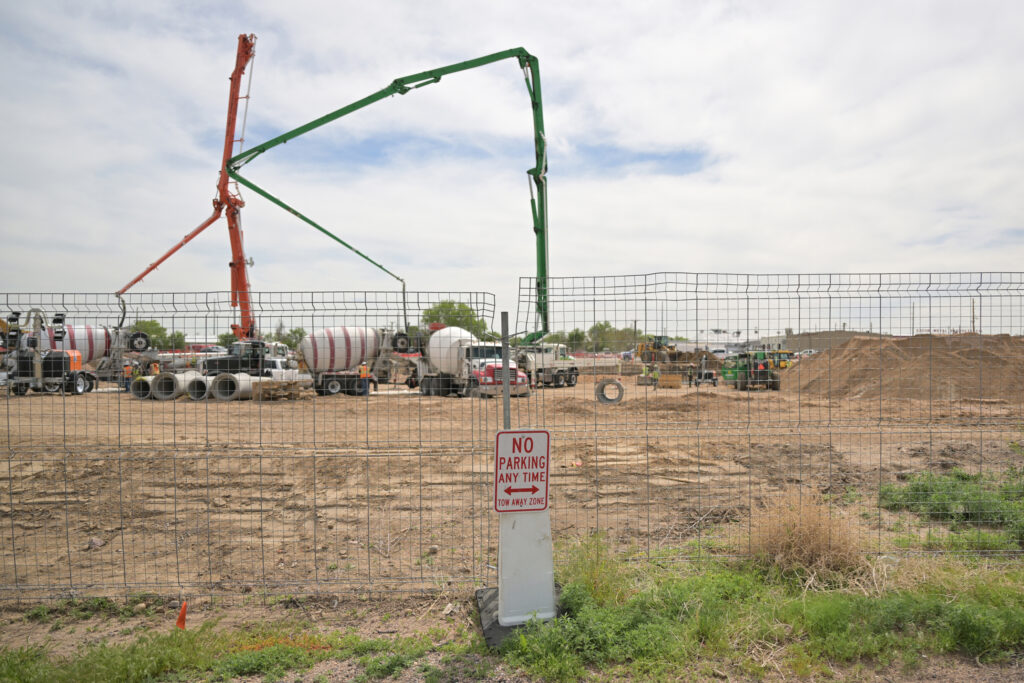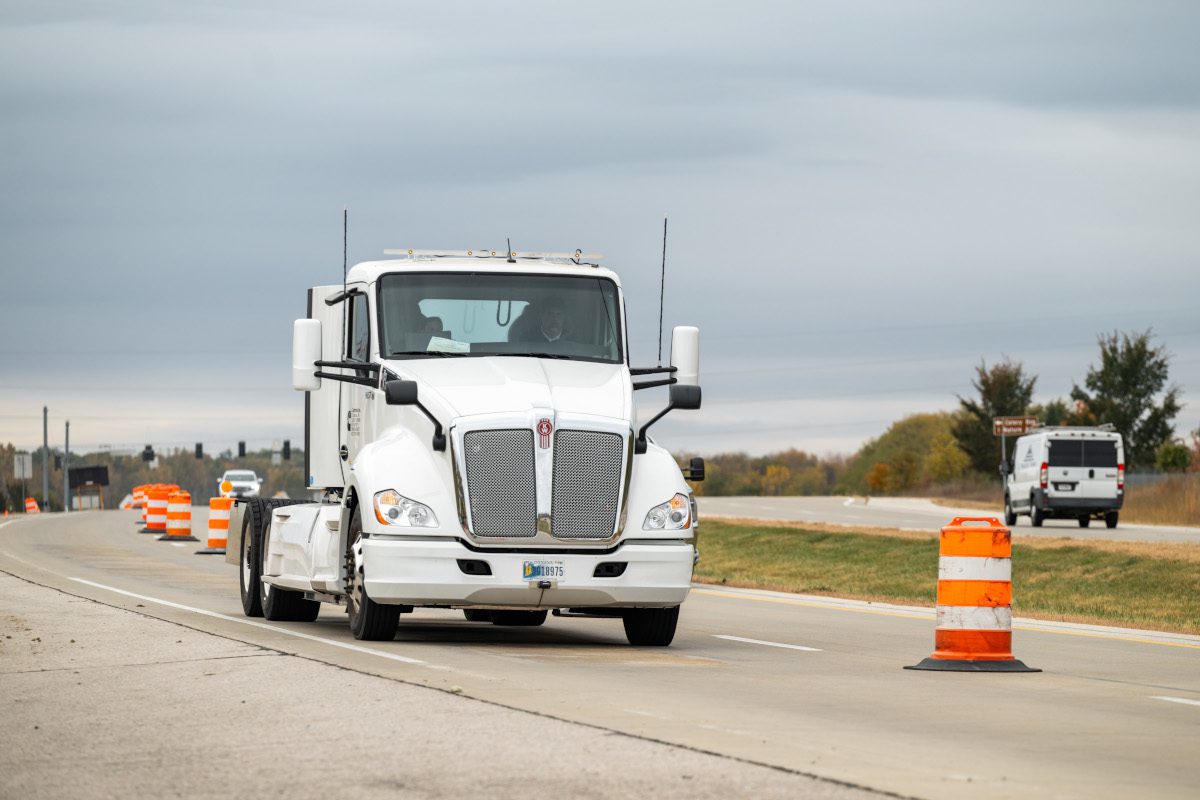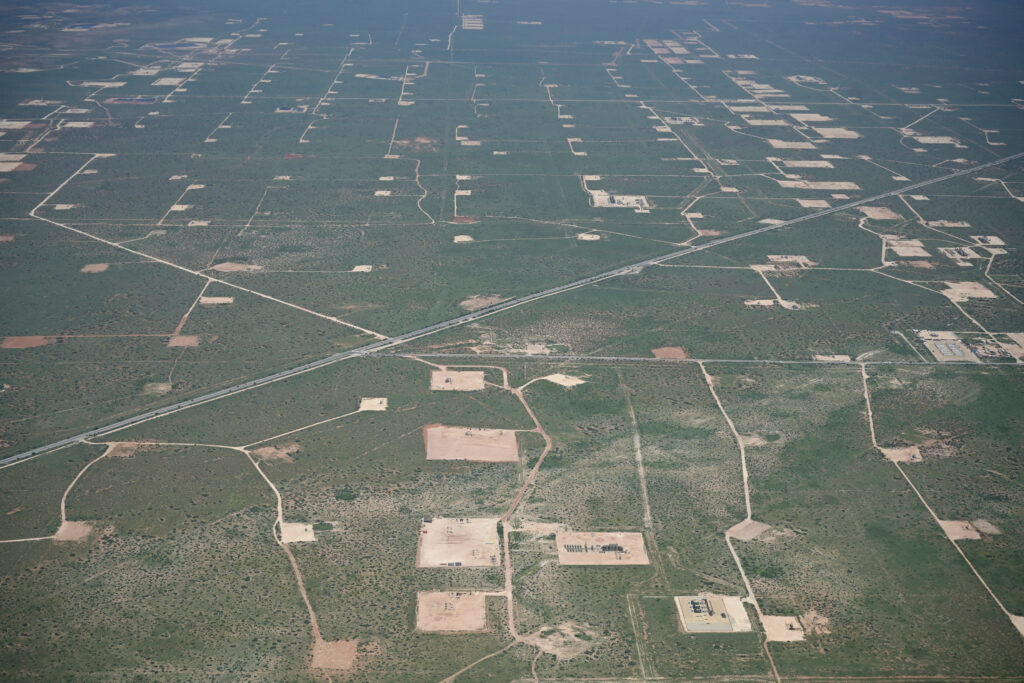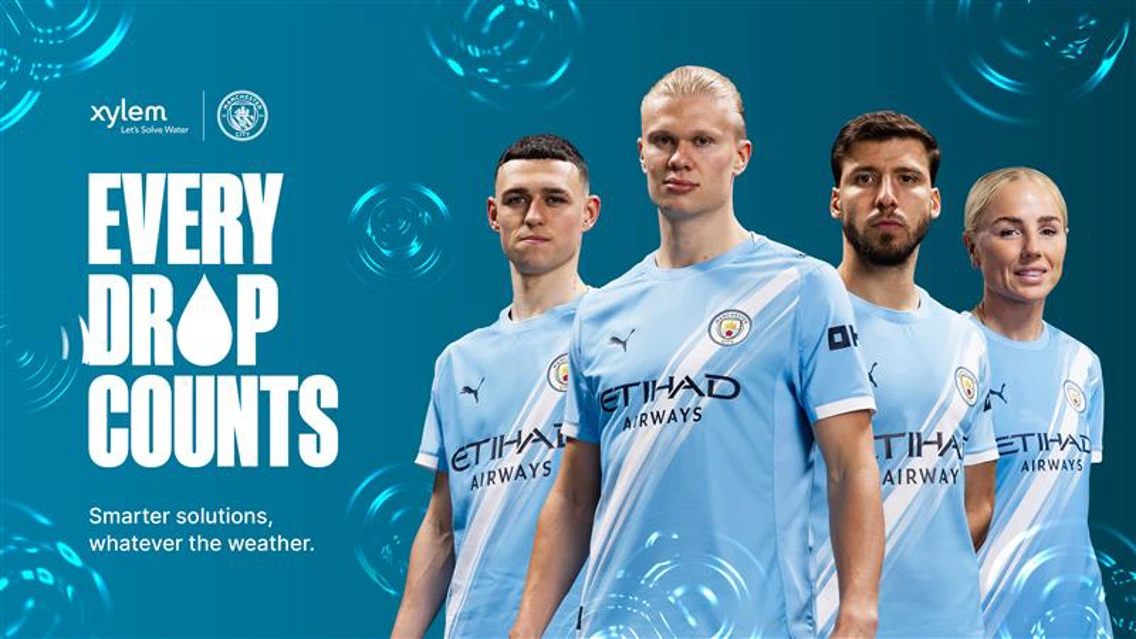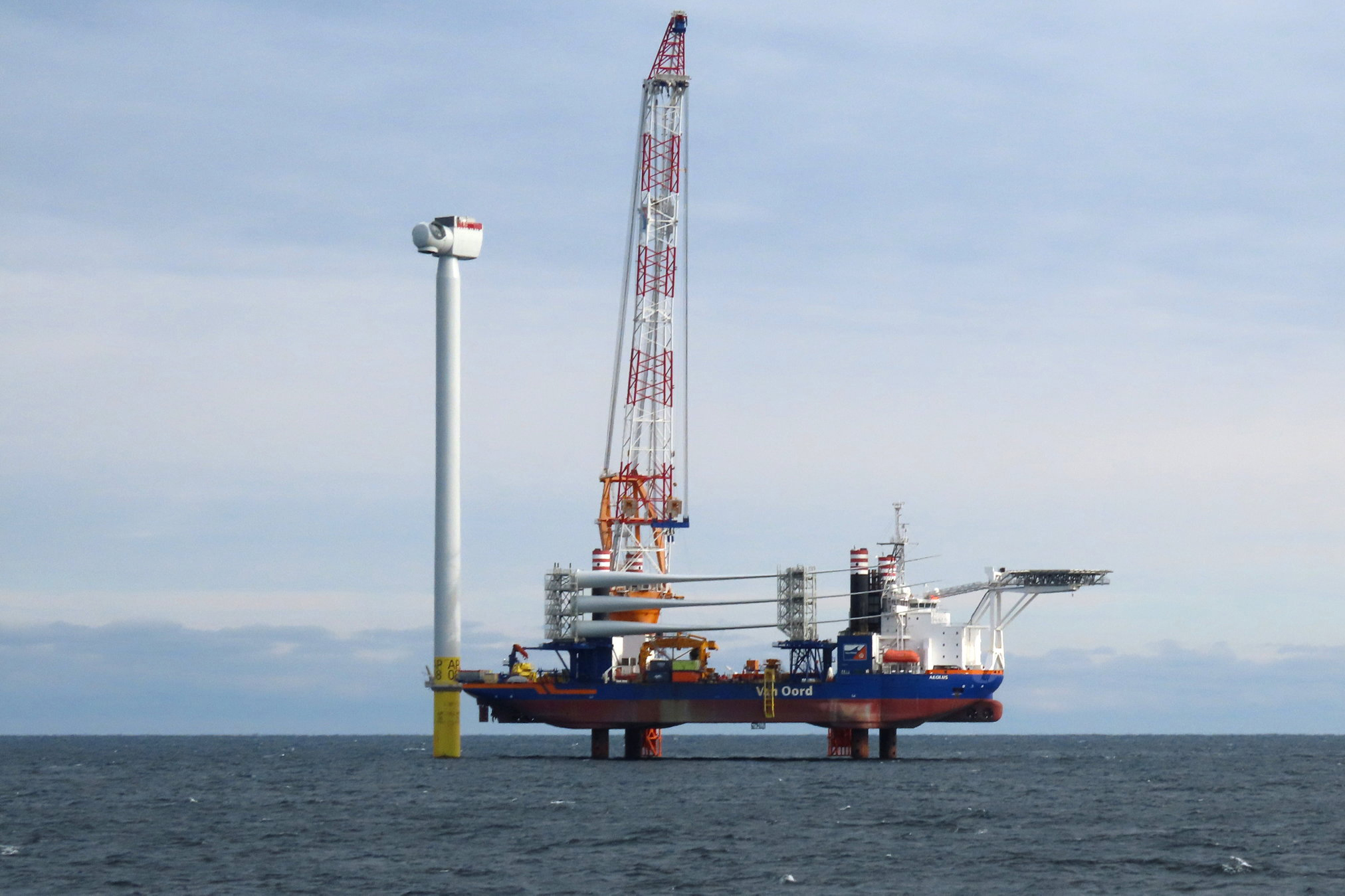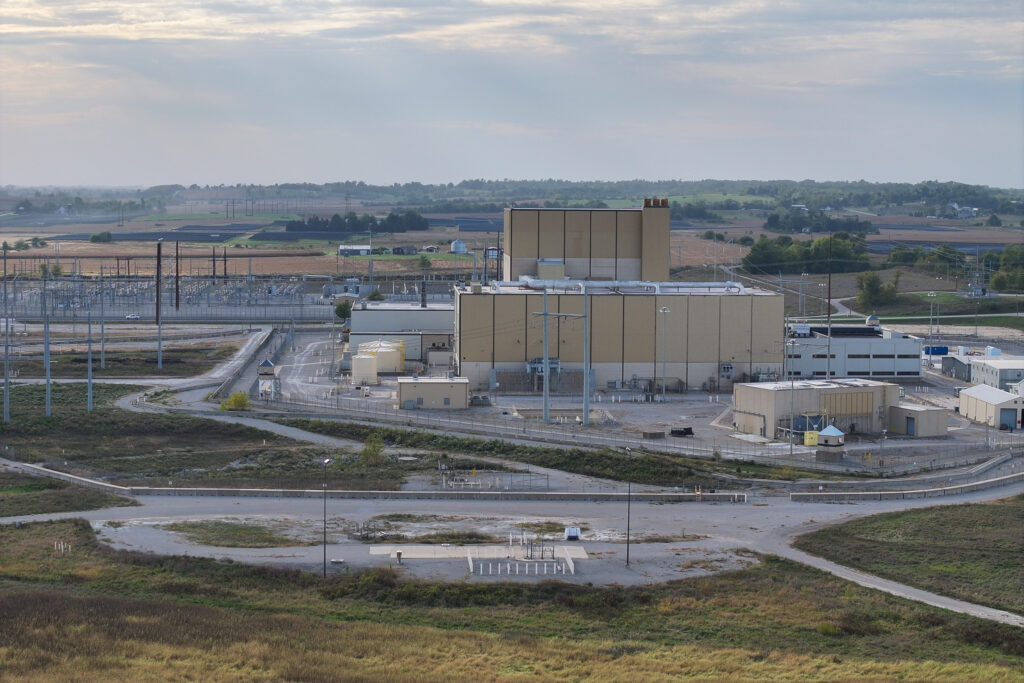Being able to pinpoint and quantify gas leaks precisely is a capability in increasing demand, although the technology to accomplish this can be complex, requiring expertise to deploy effectively. Envirotec learned more in conversation with Cailean Forrester, managing director of Inspectahire, a company considered to be at the forefront of using advanced thermography to look at gas emissions.
Thermography is one element of the group’s equipment hire offering, which also includes tank testing, drones and a wide range of visual and non-destructive testing (NDT) inspection systems. Clients gain access to the appropriate measurement technology (either for hire, service or sale), as well as expertise on the best tool for the job.
As Cailean explains, a lot of technology that has been pioneered in medicine, to look inside people, is being used by his company to look inside other things. In the environmental sphere, clients have sought insight into assets including wind turbines, landfill sites and storage tanks. But the firm’s experience seems to extend across sectors including biogas, petrochemical, offshore, and utilities. Inspectahire’s main focus is on using visual and NDT inspection tools to carry out inspection and monitoring, which can help with keeping assets running smoothly, and in accordance with regulations.
Casting a cool eye on leaks
Thermography has become an important strand of the group’s expertise in recent years, having been UK distributor for FLIR since 2010 (widely considered to be a leader in thermal imaging and OGI), in which connection it has provided cameras to BP, Shell, Total, Apache and Repsol. And the demand for this has become particularly strong in connection with gas emission reduction programmes.
There are many situations where it pays to be able to locate and quantify gas leaks, not least when it comes to meeting the requirements of the new EU methane regulations (which have special relevance to biogas operators). Optical Gas Imaging (OGI) has truly opened up the possibilities in this sphere in recent years.
This, a specialised form of thermal imaging (the broader technology category used to denote cameras that detect infrared radiation generally) is able to provide a detailed image of a gas plume, a capability derived from the technology’s ability to distinguish a great deal of detail in the mid-wave infrared (MWIR) band (~3–5 µm) of IR, which is where the absorption and emission spectra of many gases of concern are located. This includes methane, VOCs, and SF6.
But the exquisite sensitivity does come at a cost. OGI employs photon detectors so sensitive that any sources of IR “noise” have to be eliminated using extreme cooling. As Cailean explains, the lens might have to be maintained at -140 to -164 °C, to support its ability to detect tiny variations in IR intensity. This requires cryogenic cooling, and is one reason why OGI cameras tend to be much more expensive (i.e., costing thousands of pounds) compared to long wave thermal imaging cameras.
Both types of thermal imaging have a role, and he said Inspectahire will deploy standard (i.e., long wave) thermal imaging for detecting heat-related issues (i.e., inefficiencies or overheating in a boiler), and OGI for detecting gas emissions from sources like power plants and electrical substations.
OGI makes it possible to scan broad sections of equipment or a site, including those that are hard to reach, and detect any emissions of methane, SF6, hydrocarbons and many other industrial gases, without having to shut down operations.
Biogas site surveys
One area where these capabilities have been in high demand recently is with anaerobic digestors. Relatively low-cost construction techniques have allowed a great many of these “green-roofed domes” to get up and running quickly. But operators are under pressure to ensure the structural integrity is in place, and there are no leaks. This has become more urgent with the arrival of the EU’s methane regulations, effective since 2024, which introduce very specific requirements in terms of monitoring, reporting, repairing and transparency. While mainly aimed at the fossil fuels industry, it also affects the AD and biogas sector.
When it comes to inspecting AD tanks, Cailean says that “people tend to believe that what you see in movies is real”, and it’s often assumed that it will be a simple matter to see into the contents of an AD tank, to locate a problem or blockage. In reality it can be complex, and he mentions a number of possible avenues for gaining insight. For example, the use of simple pipe cameras to look for blockages in a feed pipe, or using sonar inside a tank.
The group provides fully managed leak-detection surveys of such sites, for regulatory compliance. They also offer “comprehensive tank inspection solutions” which include assessments of the interior and exterior portion of these assets. And this is in addition to potentially providing access to a wide range of ATEX-certified NDT and remote visual inspection (RVI) equipment suitable for hazardous areas.
“A lot of people think ‘I need to have a gas imaging survey done’,” he says,” and then, once they’ve got the technician on site, realize they might as well get them to do as much as possible.”
Optical Gas Imaging (OGI) cameras are available for purchase, rental and service provision with trained inspectors. The company has demonstrated the technology at events such as July’s World Biogas Expo in Birmingham.
The company’s website provides case studies intended to give a sense of what it’s possible to achieve with this kind of expertise and technology. Examples include the in-service inspection of an atmospheric storage tank, in work commissioned by Occidental Petroleum Qatar, which combined the use of remotely-operated ultrasonic crawlers as well as qualified rope-access technicians, to explore different parts of the structure. This provided a detailed picture of the tank’s condition, completing OPQ’s requirement under the EEMUA 159 standards for inspection of storage tanks.
Founded in 1964, the firm has been trading in its current form since 1981, now with a seeming focus on bringing technical insight to places that might be otherwise difficult or hazardous to explore. It’s not as simple as they make it look in the movies, might be one simple takeaway from a conversation with Cailean.



